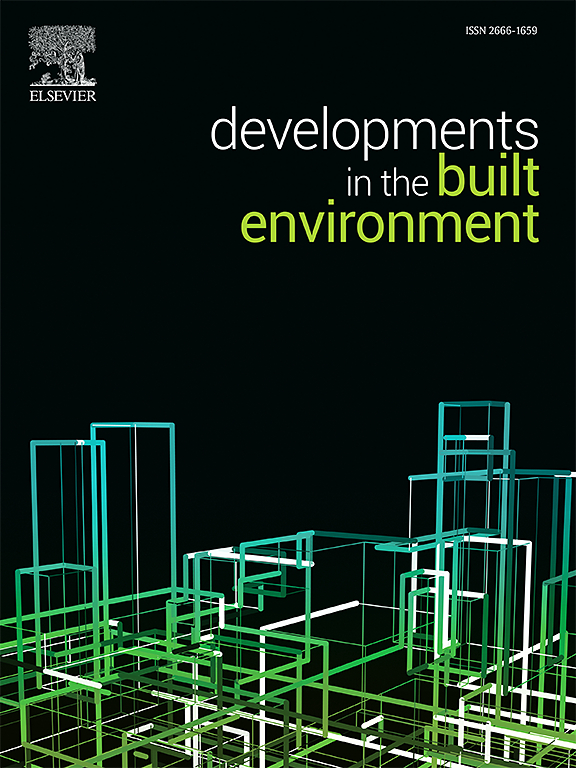利用实时传感器监测饮用水和非饮用水胶结膏体充填体强度和微观结构演变特征
IF 8.2
2区 工程技术
Q1 CONSTRUCTION & BUILDING TECHNOLOGY
引用次数: 0
摘要
全球水资源短缺加剧了工业对替代水源的需求,使得海水等非饮用水对资源保护和可持续性至关重要。本研究探讨了用海水或工艺用水替代饮用水以提高水泥膏体回填(CPB)的可持续性。cpb采用不同的水混合比(自来水/海水/工艺:0/ 100,25 / 75,50 / 50,75 /25),使用恒定的固灰比(75/ 5wt %)和水泥类型(CEM I 42.5 R)。测试包括强度、微观结构、热分析和长达180天的实时监测。强度上升至1.47 MPa, 56 d后强度下降。海水基样品由于碱度升高,水化作用增强,早期强度提高(0.57 MPa)。然而,在180天内,由于有害离子和盐的存在,CPBs与海水或工艺水混合的强度损失比自来水混合物更快(高达33%)。尽管如此,海水仍然是沿海缺水矿区生产CPB的可行选择。本文章由计算机程序翻译,如有差异,请以英文原文为准。
Monitoring of strength and microstructure evolution characteristics of cemented paste backfill incorporating potable and non-potable water using real-time sensors
Global water scarcity has heightened the need for alternative sources in industry, making non-potable water such as seawater vital for resource conservation and sustainability. This study explores replacing potable water with seawater or process water in cemented paste backfill (CPB) to enhance sustainability. CPBs were produced with different water mix ratios (tap/sea/process: 0/100, 25/75, 50/50, 75/25), using a constant solid/cement ratio (75/5 wt%) and cement type (CEM I 42.5 R). Tests included strength, microstructure, thermal analysis, and real-time monitoring for up to 180 days. Strength increased reaching 1.47 MPa until 56 days but declined afterward. Seawater-based samples showed higher early-age strength (0.57 MPa) due to elevated alkalinity, which enhanced hydration. However, at 180 days, CPBs with seawater or process water showed faster strength loss (up to 33 %) than tap water mixes, due to harmful ions and salts. Still, seawater presents a viable alternative for CPB production in coastal, water-scarce mining areas.
求助全文
通过发布文献求助,成功后即可免费获取论文全文。
去求助
来源期刊

Developments in the Built Environment
Multiple-
CiteScore
7.40
自引率
1.20%
发文量
31
审稿时长
22 days
期刊介绍:
Developments in the Built Environment (DIBE) is a recently established peer-reviewed gold open access journal, ensuring that all accepted articles are permanently and freely accessible. Focused on civil engineering and the built environment, DIBE publishes original papers and short communications. Encompassing topics such as construction materials and building sustainability, the journal adopts a holistic approach with the aim of benefiting the community.
 求助内容:
求助内容: 应助结果提醒方式:
应助结果提醒方式:


